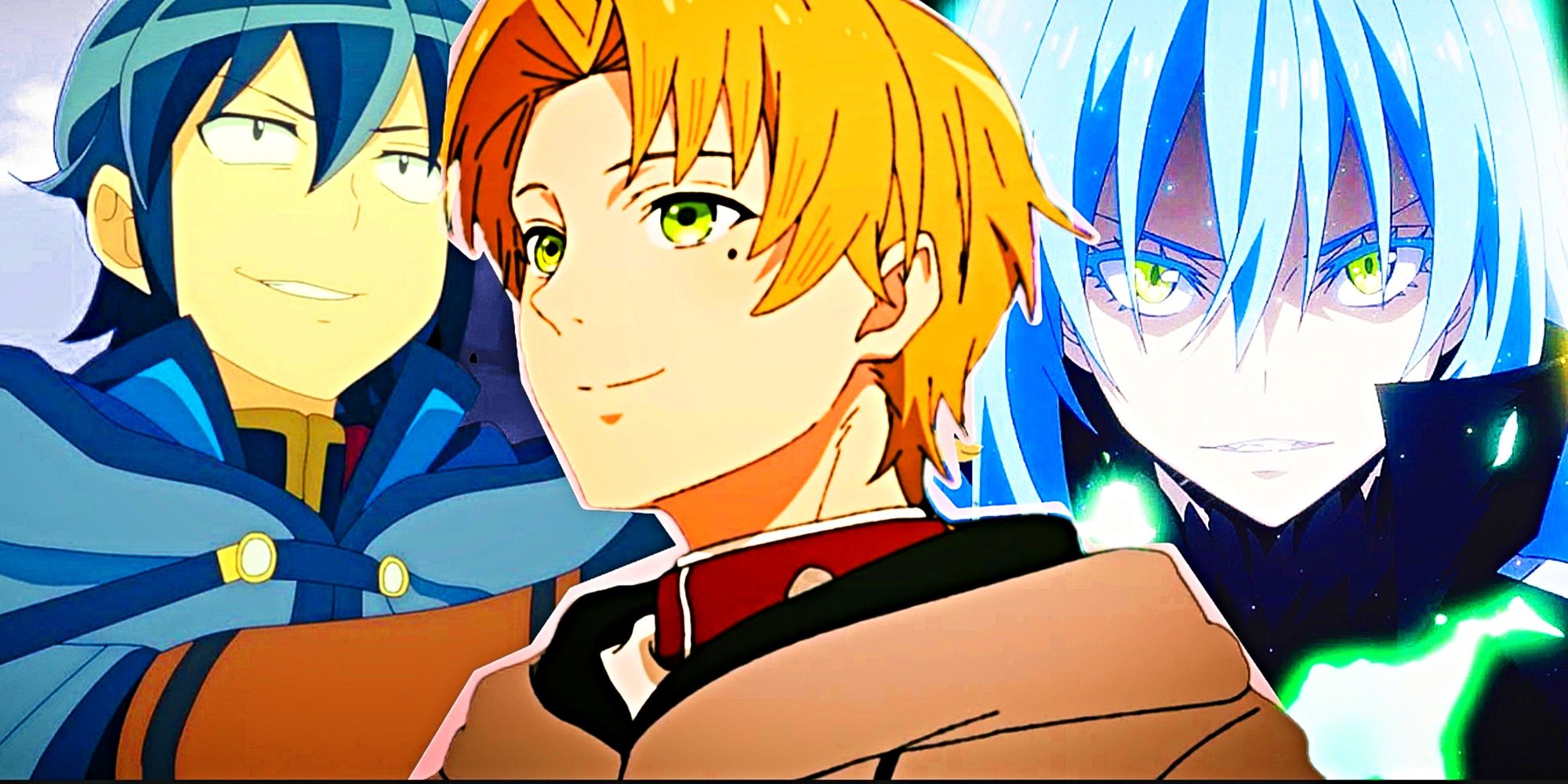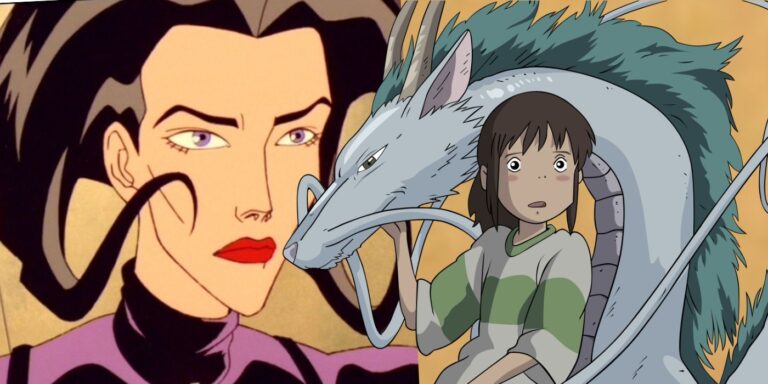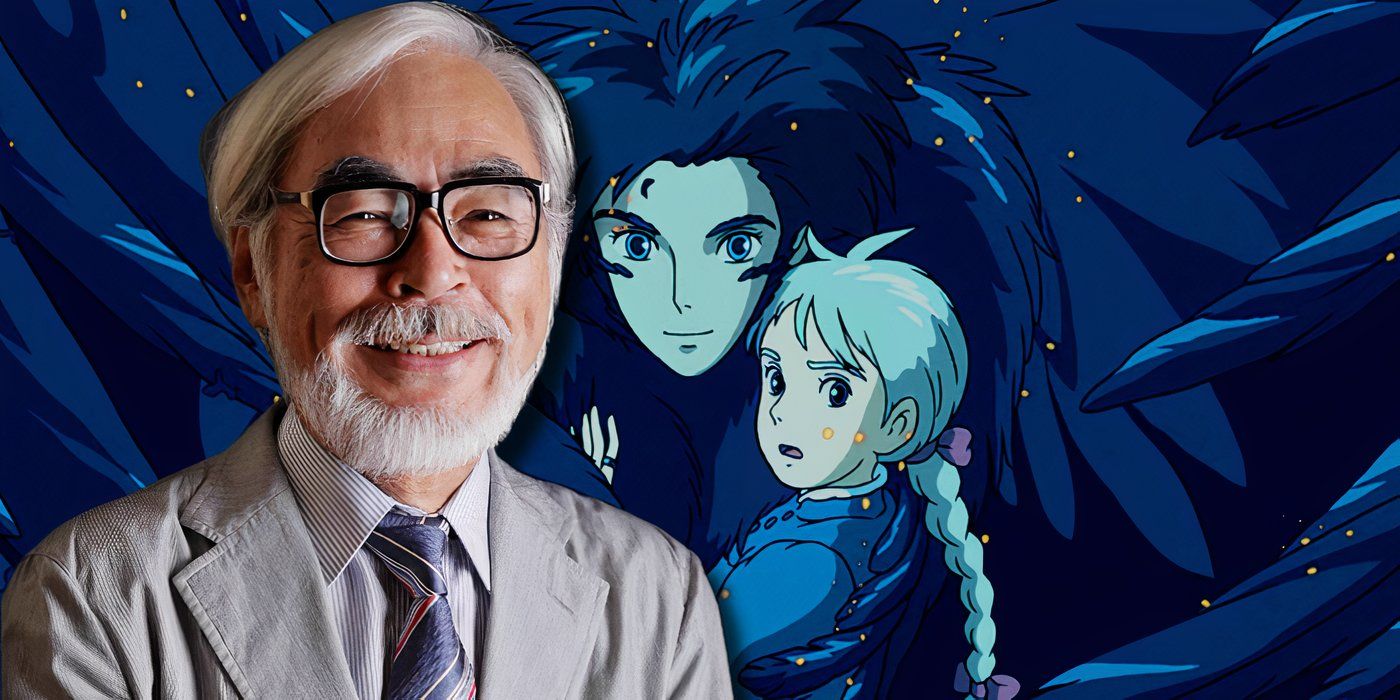Anime’s big rise in world tv might be attributed to its distinctive method to animation, storytelling, and cultural philosophy, in response to Peter Chung, the creator of Aeon Flux. He shared invaluable insights in a 2007 discussion board publish about the basic variations between Japanese and Western animation. these variations, it’s clear why anime captivates audiences world wide. Chung highlighted how Japanese animation embraces stylization and the animator’s individuality, making a medium that feels deeply private and expressive. That is very completely different from Western animation’s deal with excellent realism and character-driven tales.
By means of cultural, technical, and philosophical methods, anime was able to become one of the world’s leading forms of media and entertainment. By understanding these dynamics, it’s simpler to grasp each Western and Japanese traditions whereas nonetheless recognizing that anime has an unparalleled potential to encourage and join with numerous audiences.
The Cultural Philosophy Behind Japanese Animation
How Japan’s Creative Heritage Shapes Its Animation
Japanese animation comes from a cultural custom that celebrates stylization over realism. In contrast to Western classicism, which emphasizes invisibility within the artist’s method to realize realism, Japanese artwork highlights the artist’s hand. This philosophy is rooted in conventional Japanese varieties like kabuki and noh theater, the place exaggerated gestures and stylized performances make a personality stand out quite than mimic actuality.

Associated
“We Are at Peak Isekai”: New Report Unpacks Anime’s Biggest Genre as It Faces Criticism From Fans
A brand new report discusses isekai anime’s essential success, and the way it must evolve to take care of its standing as anime’s greatest style.
Chung likened Japanese animation to Bunraku puppetry, the place the human performers, similar to animators, are deliberately seen. The main focus just isn’t on creating an phantasm of life however on celebrating the craftsmanship behind the motion. This openness permits viewers to see the animation as an artwork type, appreciating the seen brushstrokes and distinctive types of particular person animators.
This cultural emphasis on stylization creates an setting the place creators can experiment with visible storytelling. Animators like Yoshinori Kanada and Shinya Ohira have left big marks on the anime industry through their works with Studio Ghibli and Remaining Fantasy, inspiring many different artists to additionally push the boundaries of animation.
Anime Is Outlined by Its Technical Improvements
The Manufacturing Methods That Make Anime Stand Out
Anime’s production methods also play a big role in its success. One massive a part of that is the usage of looped, post-recorded dialogue in Japanese animation. This method permits administrators to prioritize environmental parts, dynamic digital camera angles, and scene composition over lip-sync precision. The result’s a visually immersive expertise that attracts viewers into extra detailed animation and world-building.
The streamlined construction of Japanese animation studios additionally enhances inventive output. Animators are sometimes assigned complete sequences, enabling them to create cohesive scenes that combine characters, props, and results. That is completely different from Western studios, the place duties are divided amongst specialists, typically on the expense of holistic storytelling. Moreover, Japan’s reliance on genga (unique drawings) and douga (shifting drawings) exhibit the animators’ inventive talents, reinforcing the private connection between artist and viewers.
Administrators in Japan typically tackle hands-on roles, with many personally storyboarding complete episodes or movies. Visionaries like Hayao Miyazaki and Satoshi Kon are the perfect examples of this method, as they all the time be sure their inventive imaginative and prescient is in each side of the manufacturing. This method could be very completely different from Hollywood’s hierarchical construction, the place administrators typically delegate duties to in depth groups.
Why Anime Embraces Its Id as Animation
Anime Has quite a lot of Expressive Freedom
Japanese animation views movement as a type of self-expression. This contrasts drastically with Western animation, which prioritizes creating the phantasm of life. Chung famous that American animators goal to make characters really feel like dwelling, respiratory entities, typically erasing traces of the artist’s hand. Whereas this method produces emotional moments, it might probably restrict the animation’s inventive potential.
Anime embraces its identification as a collection of drawings delivered to life. This philosophy permits animators to experiment with exaggerated actions, summary designs, and non-linear storytelling. Such inventive freedom allows anime to sort out numerous genres and themes, from the whimsical worlds of Studio Ghibli to the psychological depths of Neon Genesis Evangelion.
Anime’s success comes from its potential to mix cultural heritage, technical innovation, and inventive philosophy right into a medium that feels each private and common. By highlighting the animator’s hand and embracing stylization, Japanese animation offers a refreshing alternative to Hollywood’s polished productions. As audiences proceed to search for new and completely different types of animation and leisure, anime’s affect on world tv will solely develop.
Peter Chung, the creator of Aeon Flux, provides a fantastic reminder that each Japanese and Western animation have their strengths. By studying from one another, animators worldwide could make animation even higher. For now, anime stays a testomony to the ability of individuality, creativity, and the enduring attraction of tales that dare to be completely different.
Supply: u/FierceAlchemist on Reddit


